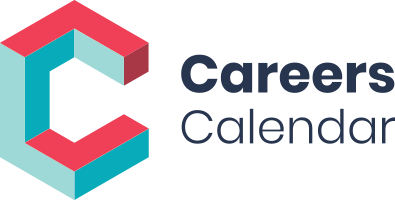Using STAR in interviews? It’s not enough.
You will want to make an impression and ensure the interview answers you give score top marks and sound much better than other candidates.
So, go beyond STAR and use the STAR+A method for answering competency-based questions.
A little preparation goes a long way when it comes to job interviews. Although, it is easy to panic and lose sight of the objective if you approach it with the wrong frame of mind.
Remember, the core objective is to get to the next stage of the recruitment process, even if this means an offer of employment.
You will likely be asked competency-based questions at your interview, e.g. “Describe a situation in which you led a team”. Or “Give an example of a situation where you solved a problem creatively”?
The clues are in the job description. Use the job description as a guide if you feel anxious or unsure about what they might ask.
The obvious questions you might be asked…
You will, of course, be asked the obvious questions like:
- Tell us about you
- What do you know about the company, and why do you want to work here
- What do you understand about the job role
- What are your greatest strengths
- What are your weaknesses
- Do you have any questions for us
Most people stress themselves out in the build-up to an interview because they don’t know what they’ll be asked. Any of the above six questions are likely to be asked.
These are standard questions and won’t always appear, but you should prepare some answers using the above questions.
How to answer competency-based questions
The other type of questions you will be asked are competency-based questions.
Before you try to pre-empt the questions, take another look at the job description and look at the competencies they are referencing. The questions asked at the interview will likely reflect the competencies listed in the job description. So, suppose an employer is looking for someone with “project management experience”. In that case, you will be asked something to do with project management, e.g. “Tell us a time when you led a complex project including multiple stakeholders”. The “including multiple stakeholders” bit indicates a job role that includes stakeholder management.
Most careers advice articles and coaches advise that you answer competency-based questions using the STAR framework.
If everyone uses STAR, your answers become average, and the interview remains a transactional experience – They ask a question, and you answer.
There’s a new method for answering interview questions.

First let’s look at STAR
STAR stands for Situation, Task, Action and Result.
The framework provides you with a structure to answer competency-based questions. Recognising competency-based questions is really easy – they almost always ask you to refer back to a time when you did something e.g.
- “Can you give me an example of a time when you work on a complex project with competing priorities and stakeholders?
You can see from this question that they are asking me to reference three competencies: project management, handling competing priorities (time management) and stakeholder engagement.
Thankfully, STAR+A is an easy-to-remember acronym and can be used to address any competency-based interview question.
S – Situation
You need to help the interviewers understand the situation.
Therefore, you will use sentences like this:
Whilst working at X in the role of X, I was responsible for
Or
During my time at X, I led a campaign to…..
Or
At University, I was chair of the Students Union and was responsible for….
The situation is all about getting the interview panels to understand the context.
T – Task
Task is straightforward. You have to highlight the task you were leading or part of.
So after you have shared the situation, you might use sentences like:
I was responsible for…..
Or
My role was to support…..
Or
I was tasked with…..
You fill in the gaps.
A – Action
The next part of the framework is A for Action.
This is the part where you spend most of your time. You should have described a situation where you were tasked with a specific task.
Before you piece together your answer for this section, ask yourself the following questions:
What did you do? Why did you choose to do it that way? How did you do it? Which skills did you use and develop?
R – Result
The final part of STAR is R.
R – Result.
What was the result? Tell the interview panel what happened even if it didn’t end well. You may use sentences like this:
At the end of the project, I delivered…..
Or
Although we didn’t achieve X, we learned that we needed to improve X and revised our strategy for version 2.
The R focuses on “you in the context of the outcome”. So what did you learn? Tell the interviewer.
A – Applied
Most people end at STAR, but you want to give the best answer possible and score top marks for your competency-based questions. You also want to use the +A part of the model.
+A stands for “Applied.”
When used properly, it helps to move the interview to a conversation instead of a transaction. Use STAR accordingly but make sure you drop +A to make a great impression.
You would use sentences like this:
“From my understanding of the job role and the organisation, this would be important because…..”
“The job role of X within your organisation would allow me to continue to build and develop X skills which is why I want to work for your organisation”.
By using +A you are showing that you know how it is applied to the organisation, and it removes any second-guessing the interviewers have to make about your suitability for the role.
A good careers coach can help you prepare for an interview and reduce your anxieties. You can find your qualified careers coach here.


